HIST 390 (002)
The Digital Past //
A Cultural New Deal
Professor "Jess" Dauterive
(she/her)
Spring 2020
Course syllabus:
http://jessicadoeshistory.com/spring-2020/
Information Technology Crash Course

What is technology?
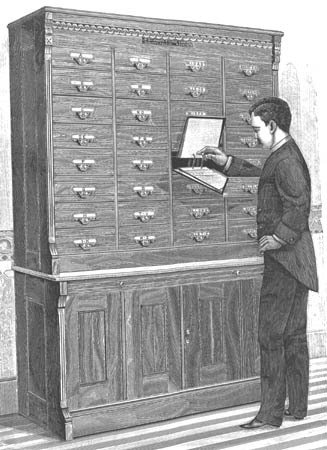
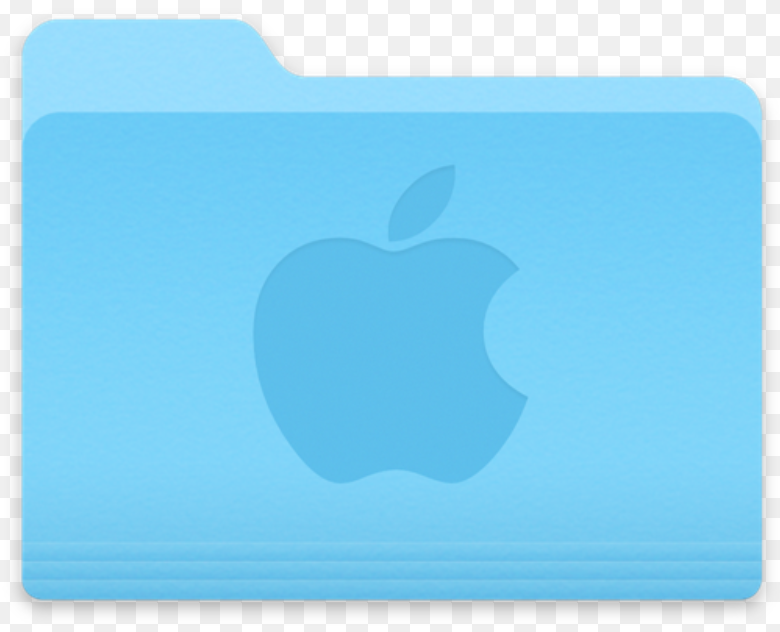
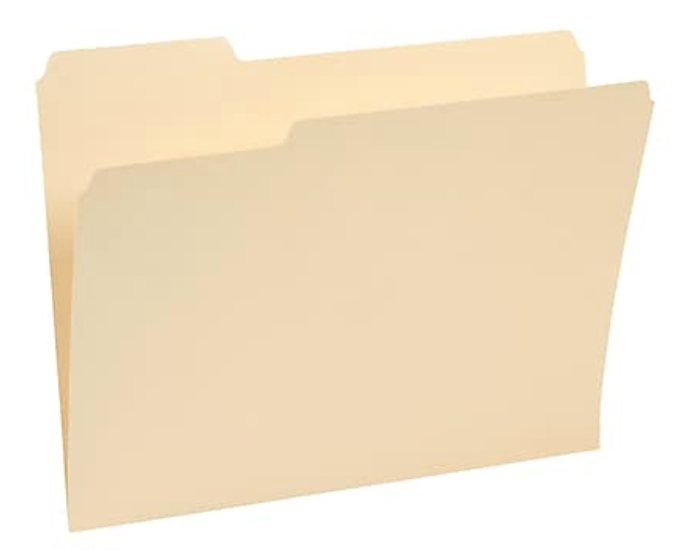
“There is no such thing as a new idea. It is impossible. We simply take a lot of old ideas and put them into a sort of mental kaleidoscope. We give them a turn and they make new and curious combinations. We keep on turning and making new combinations indefinitely; but they are the same old pieces of colored glass that have been in use through all the ages.” -- Mark Twain,
Radiophone Dance, 1920
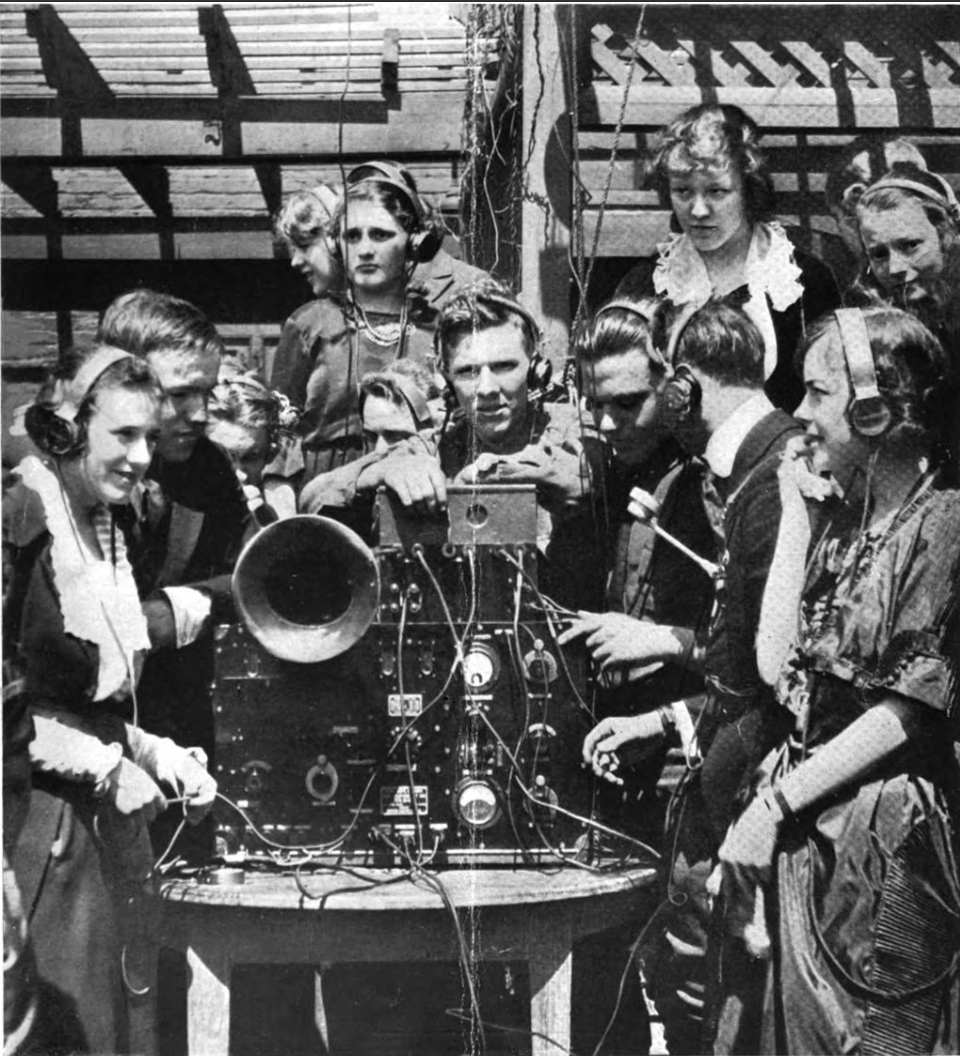
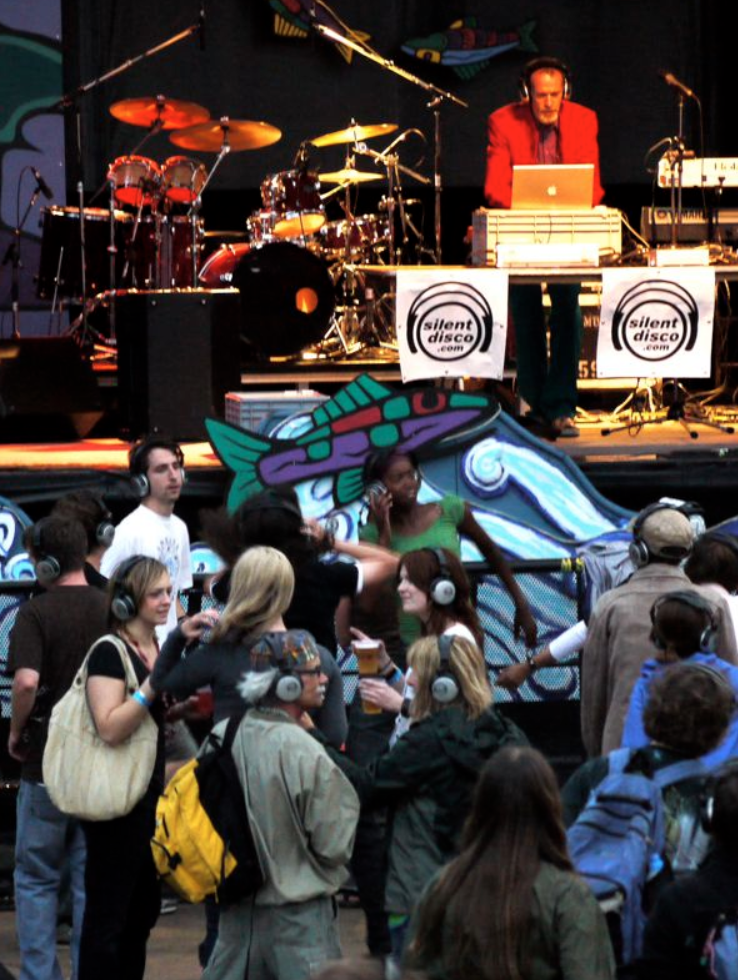
Silent Disco, 2009, Wikimedia Commons
1930s
- IBM is rescued by the Social Security Act. The punch card becomes the official computing device for the New Deal.
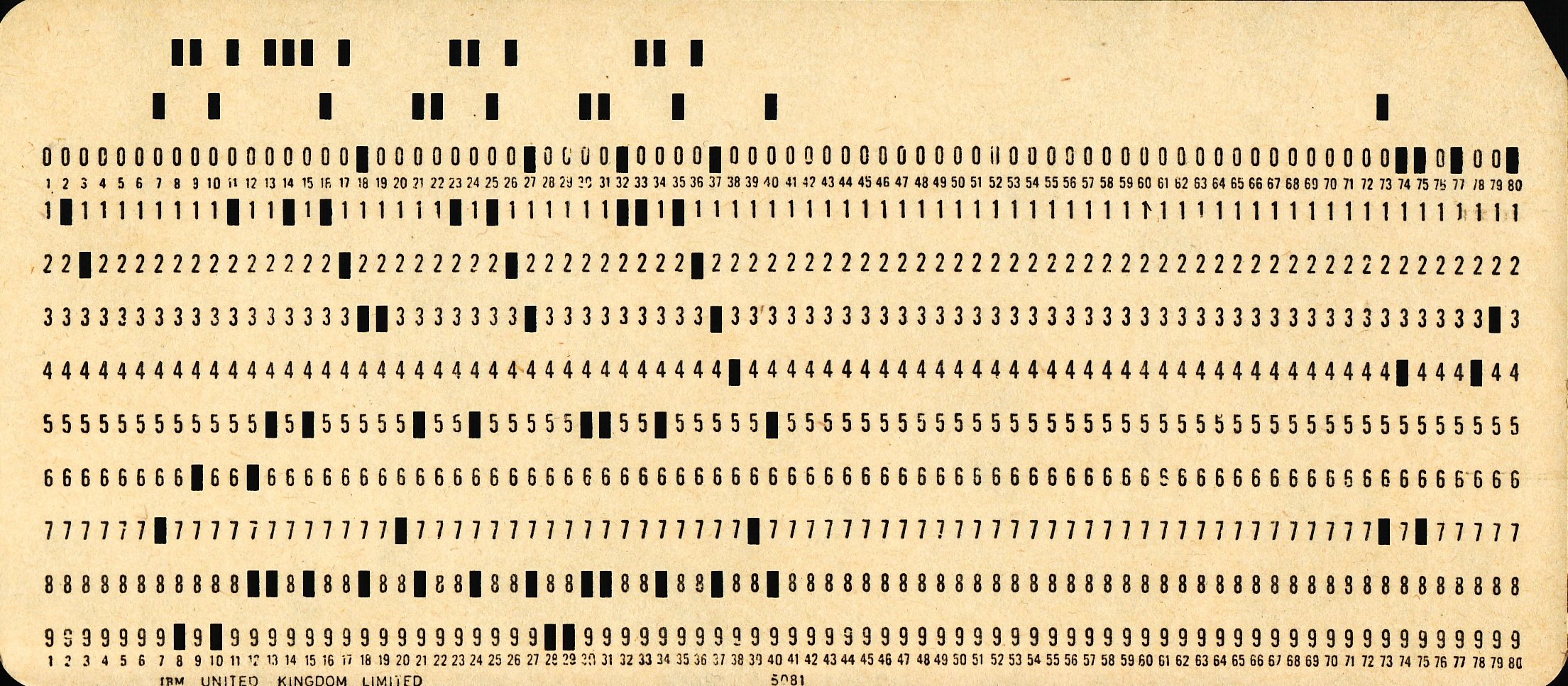


1940s:
- Jorge Luis Borges (author) publishes "Garden of Forking Paths." - multiverse
- Vannevar Bush (scientist on Manhattan project) publishes "As We May Think." - memex
- Father Busa (scholar) attempts to index the writings of St. Thomas Aquinas with the help of IBM. (completed 1970s)
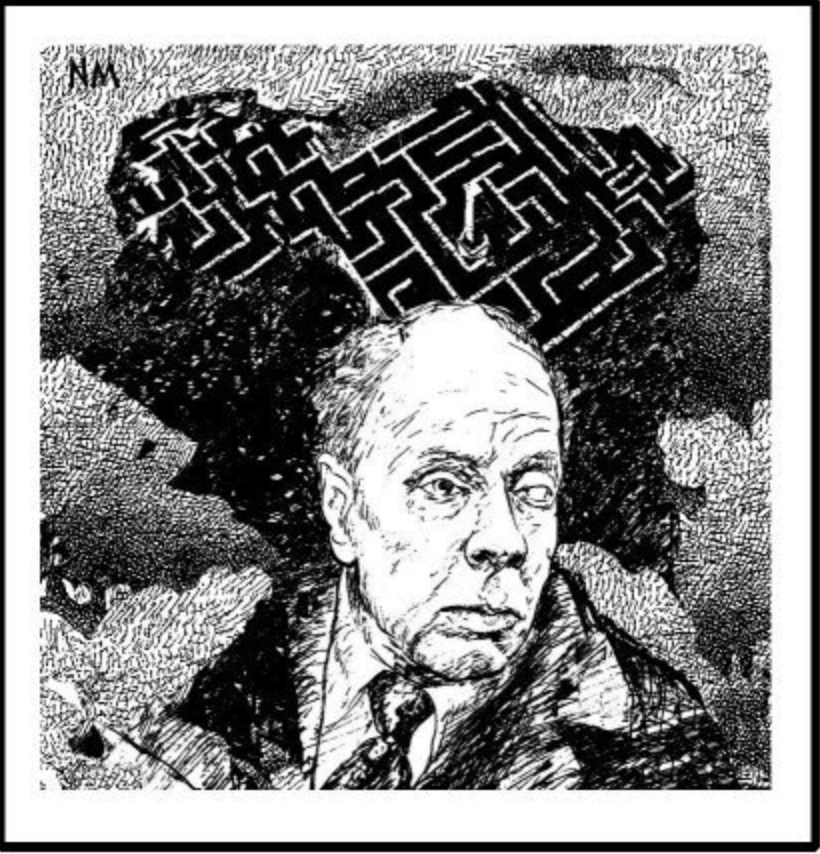
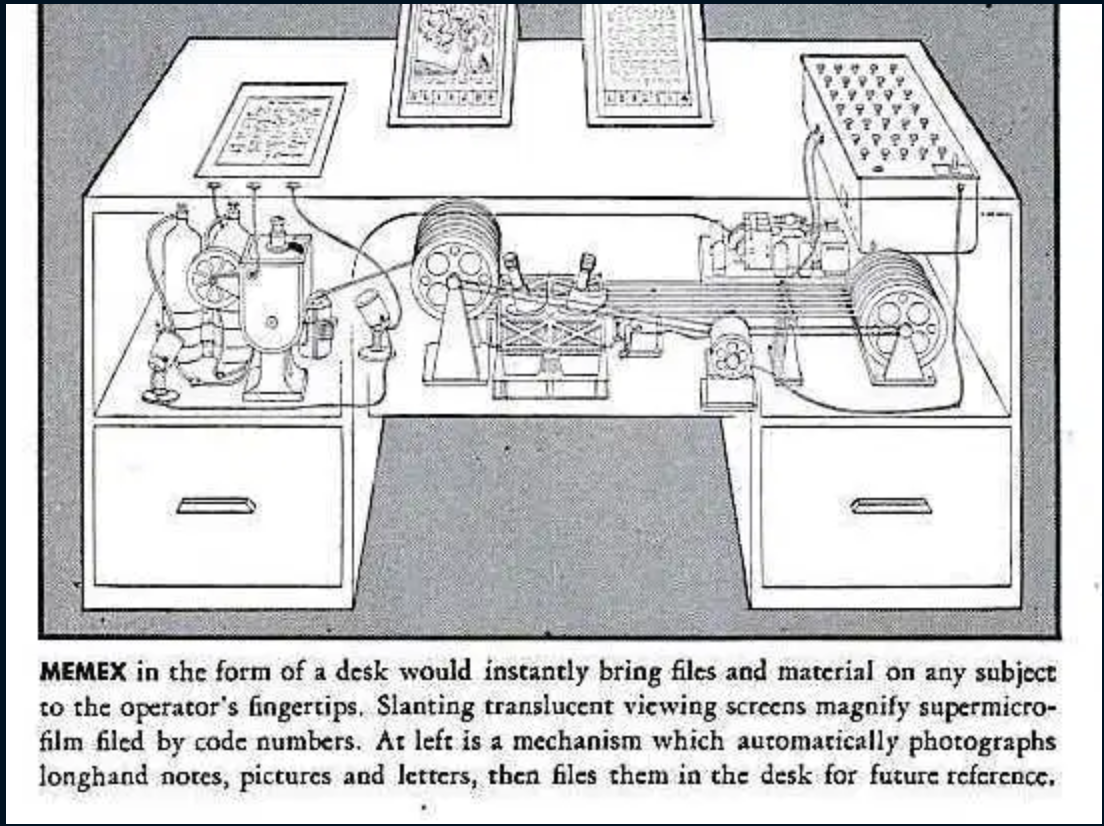
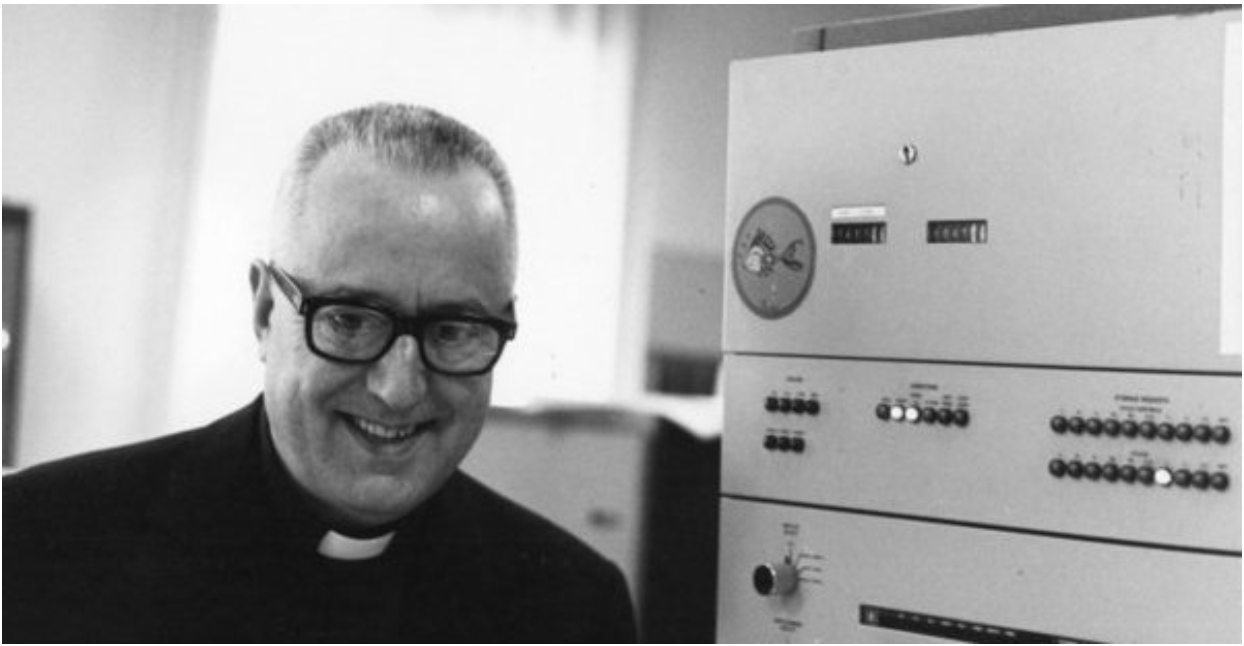
1950s-1960s
- Alan Turing cracks the Enigma code and designs the Turing Test.
- ELIZA one of the first AI programs to pass the Turing Test.
- Ted Nelson conceives of Project Xanadu and invents the term "hypertext."

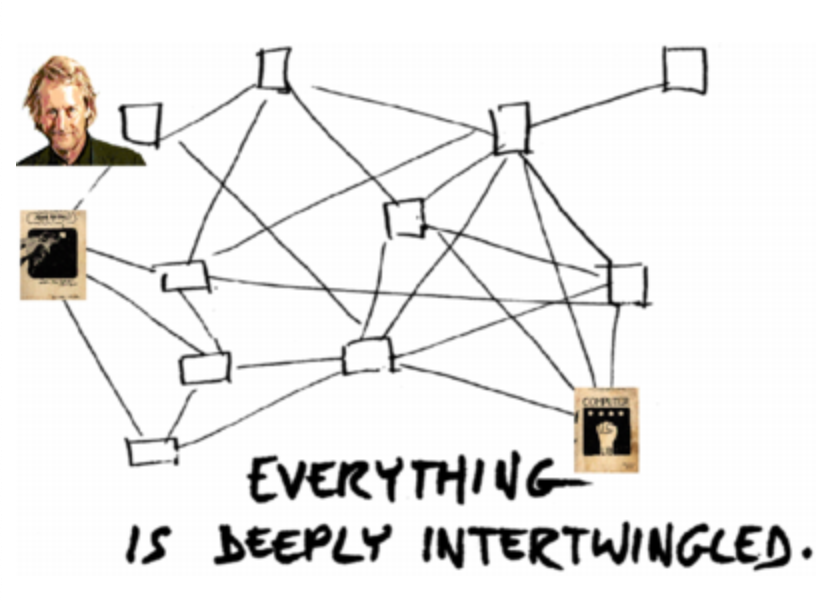
1970s-1990s
- The graphical user interface replaces the command line by 1980s - personal computing revolution.
- World Wide Web and CD-Rom gain popularity.
- Hypercard creates possibility for user-guided explorations of virtual worlds.
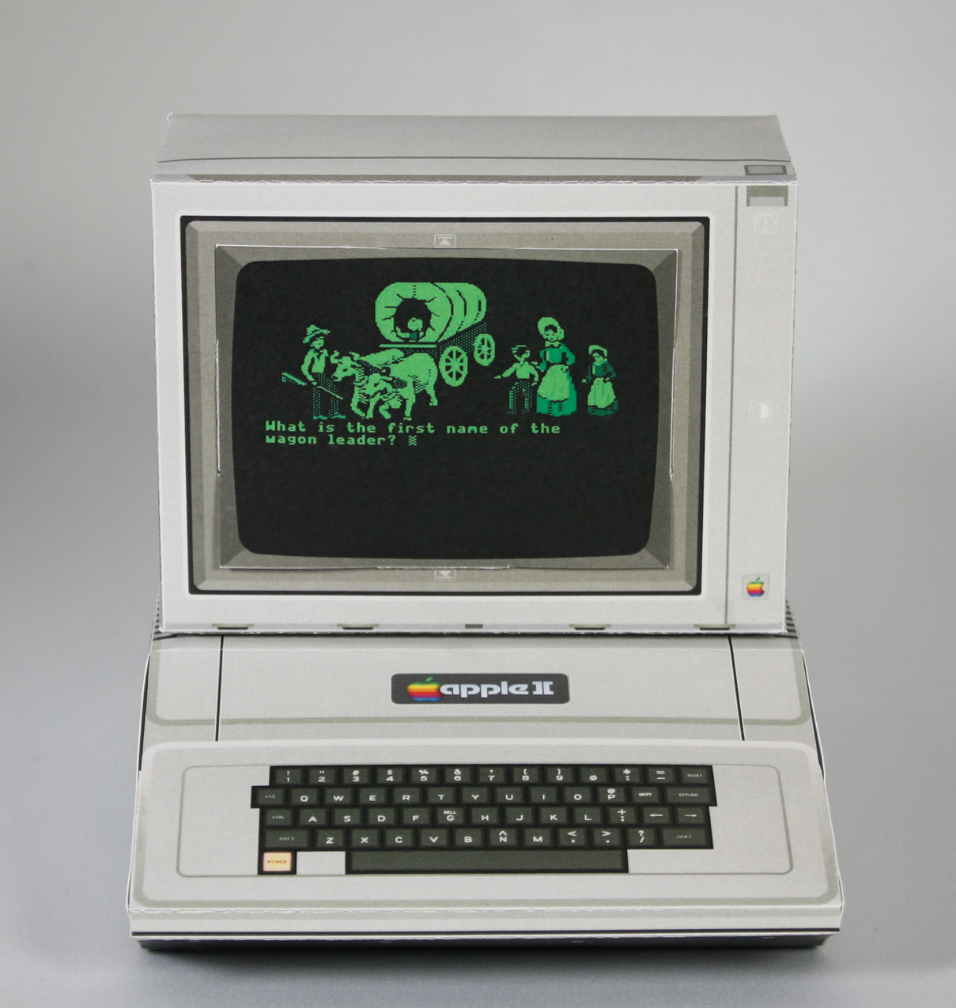
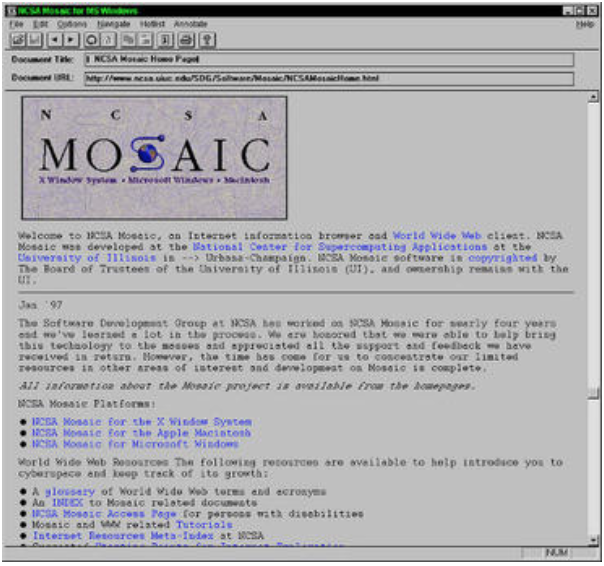
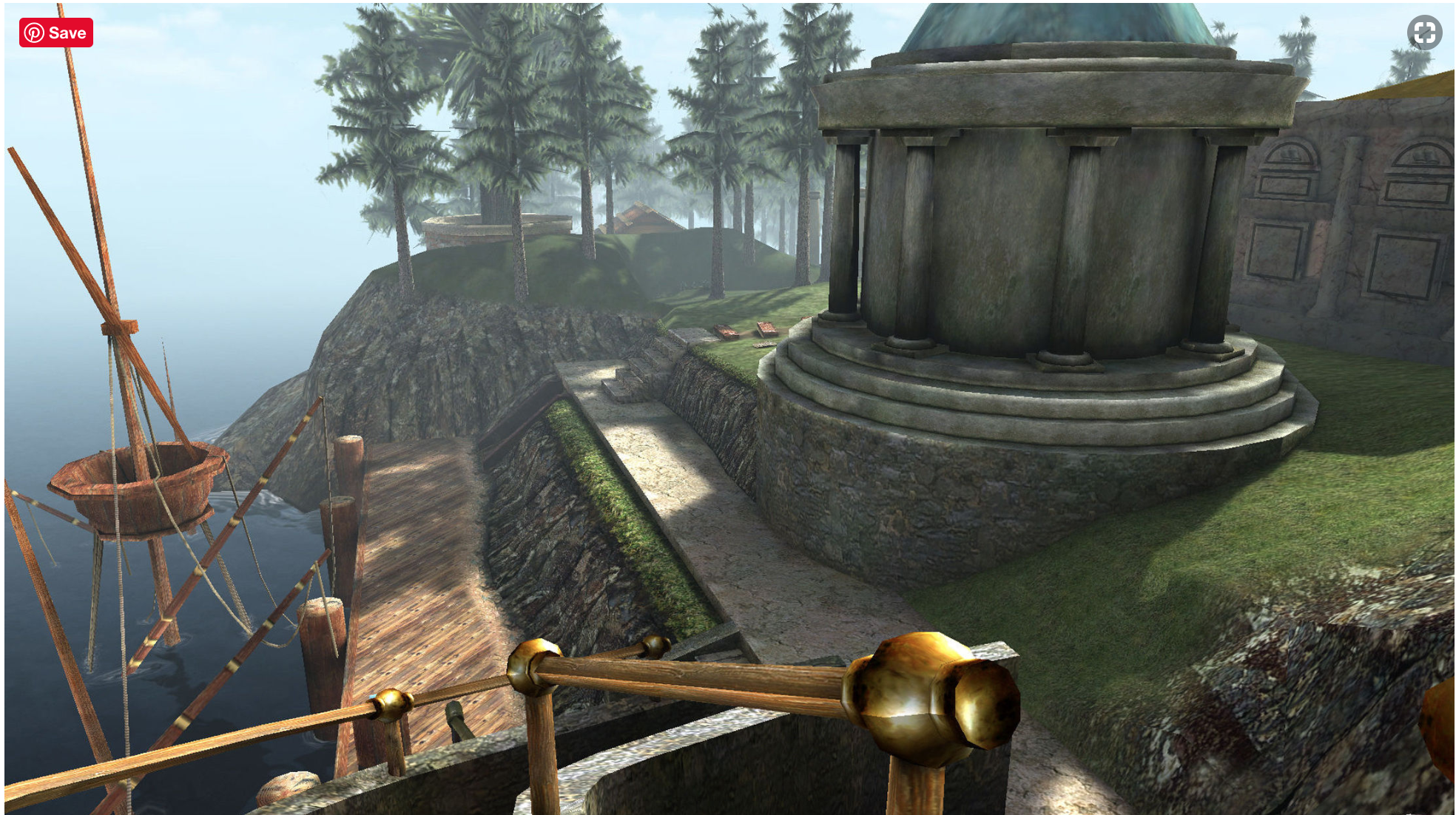
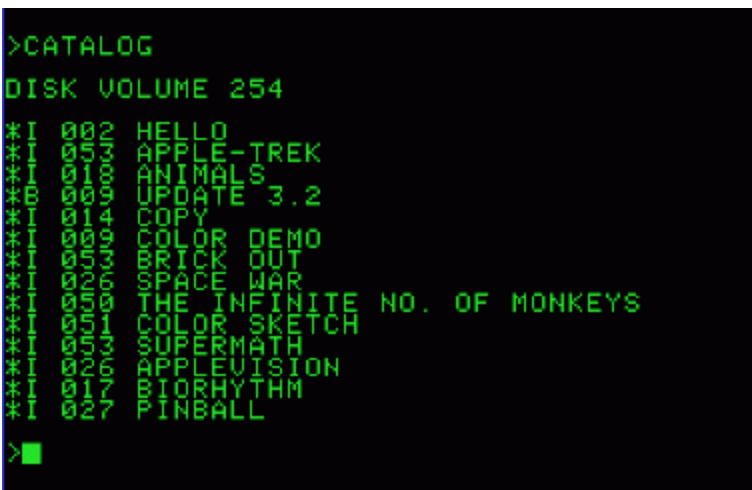
21st Century
- The Internet continues to expand (RIP Floppy Disk and CD-ROM).
- Web 2.0: the web becomes participatory. Enter Myspace, Livejournal, Facebook and other social media websites.
- Content management systems (CMS) like Omeka and Wordpress are built for people to publish online.
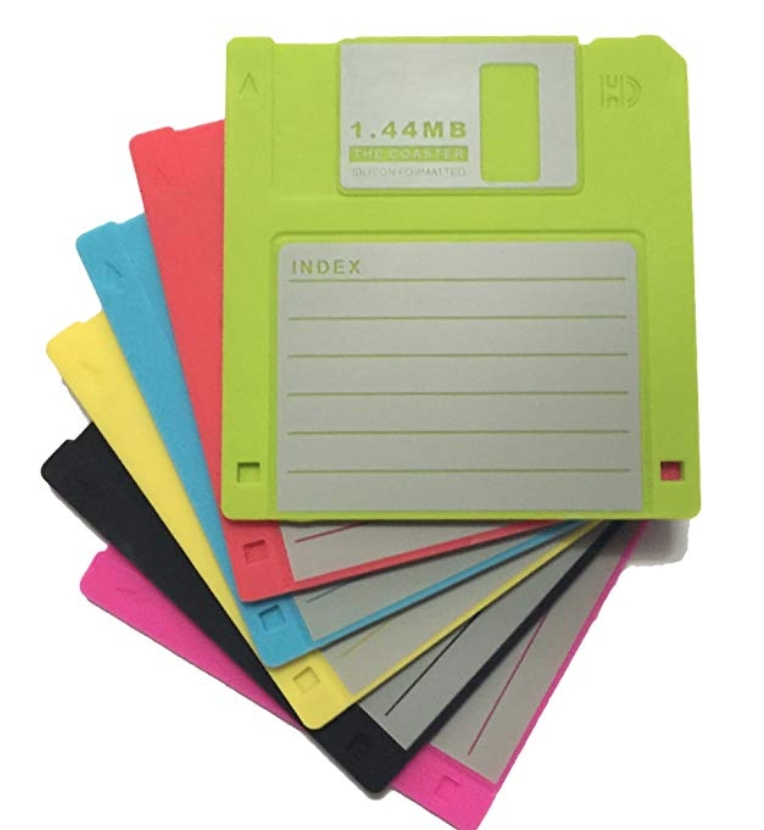
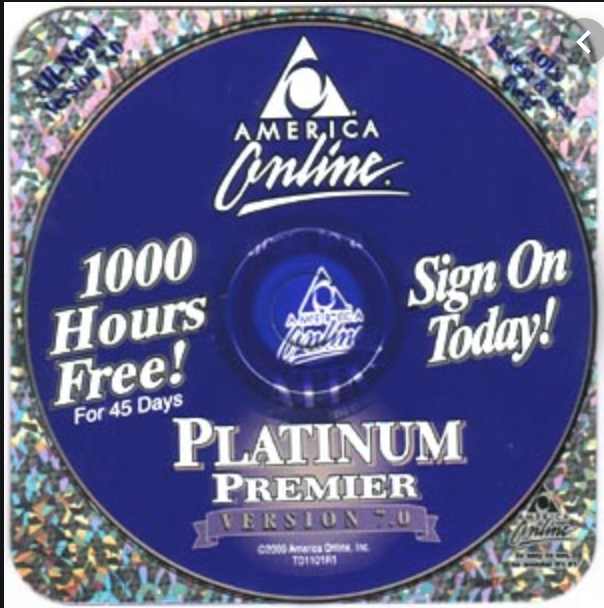
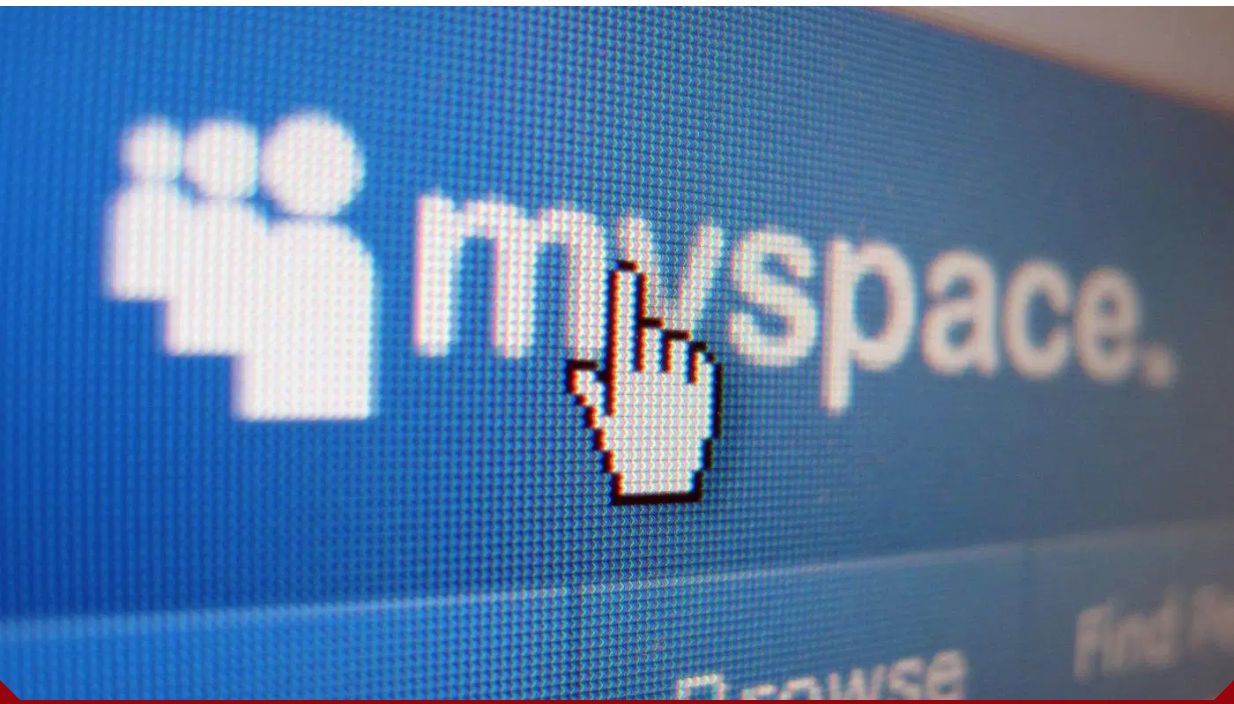

Where does Digital History fit in?
Brennan: "approach to researching and interpreting the past that relies on computer and communication technologies to help gather, quantify, interpret, and share historical materials and narratives."
-
Digital Collections
-
Teaching and Learning
-
Digital Exhibits and Publications
-
Collaborative Digital Public History
-
Computational Analysis
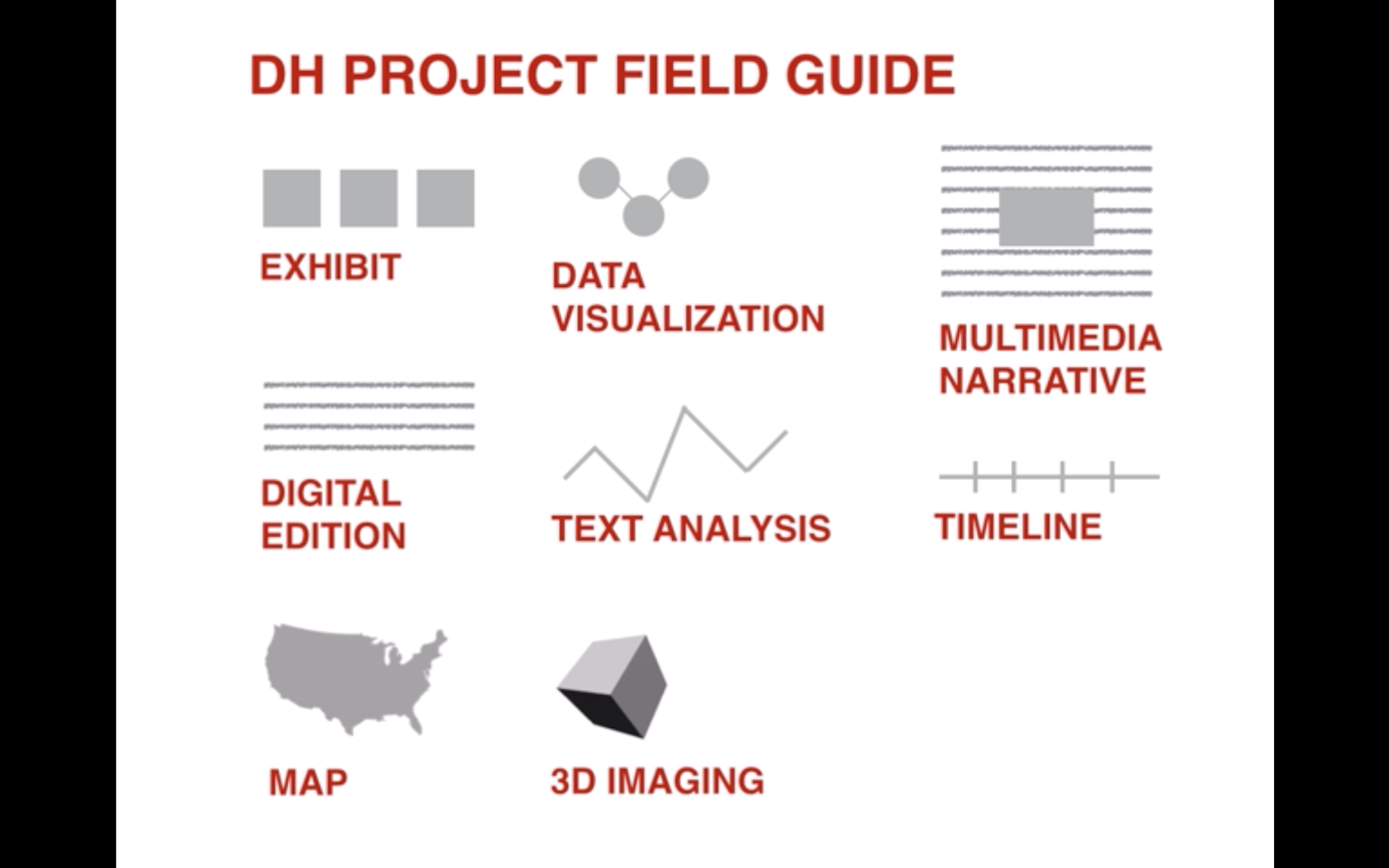
Miriam Posner, "How Did They Make That?"

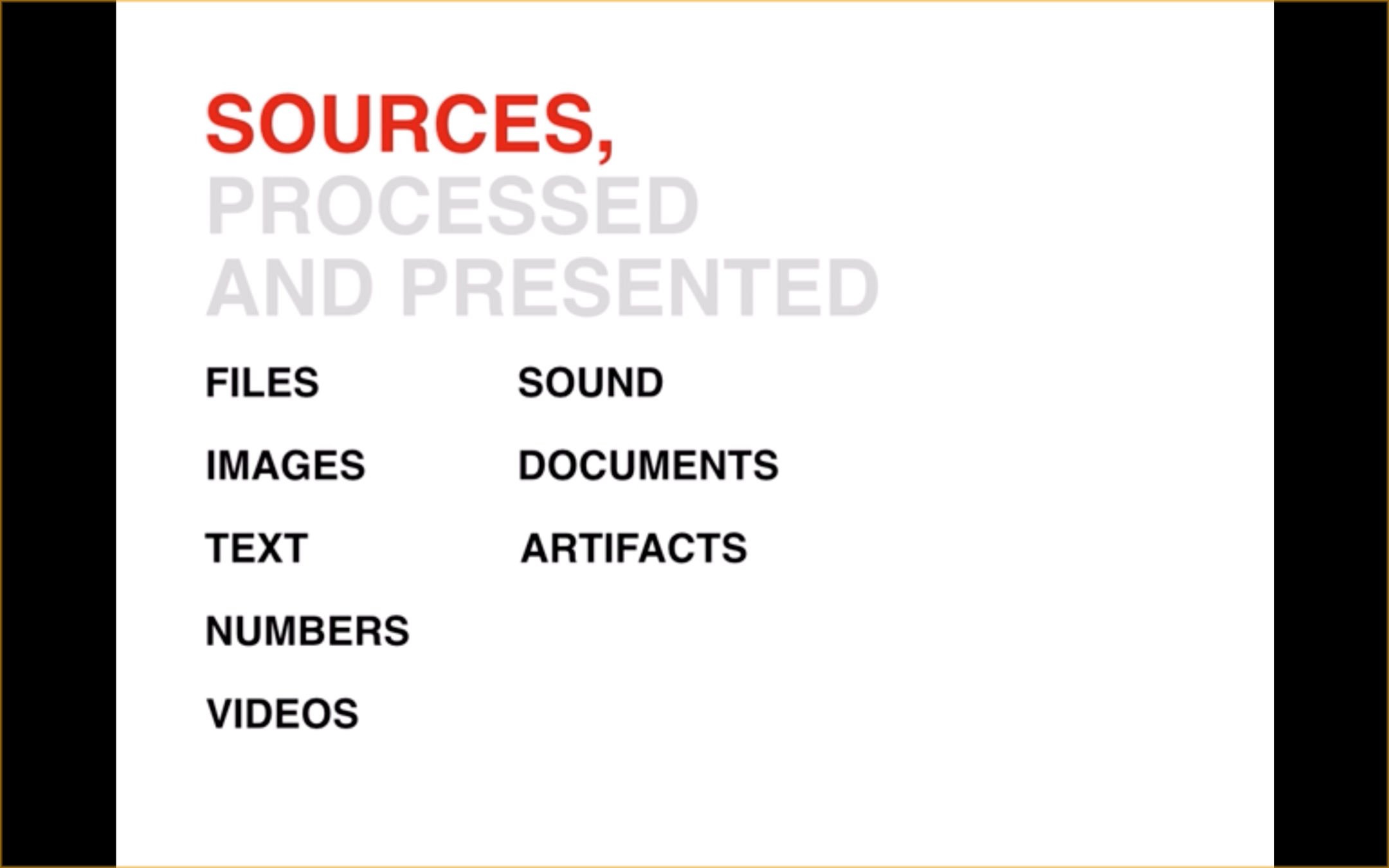
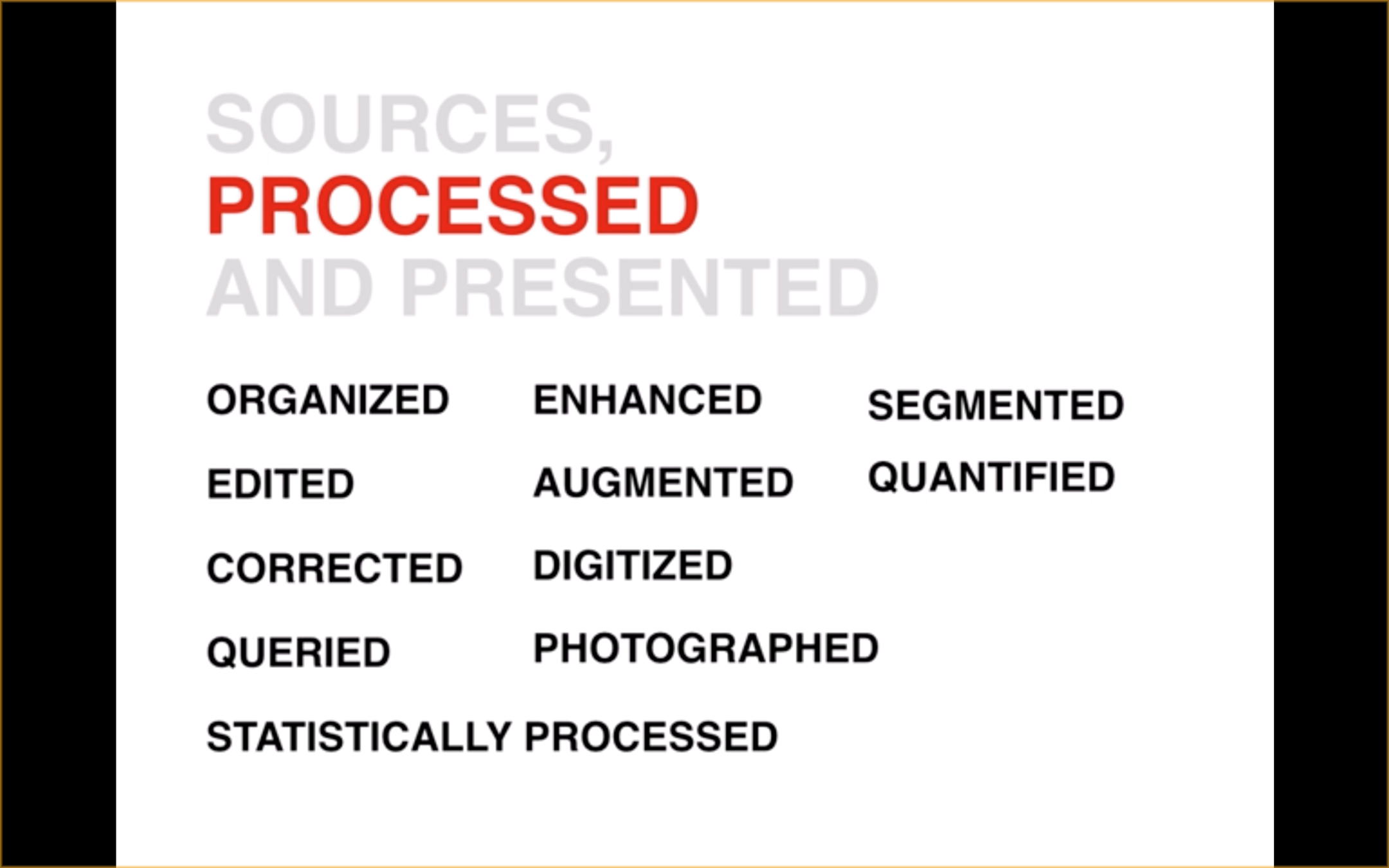
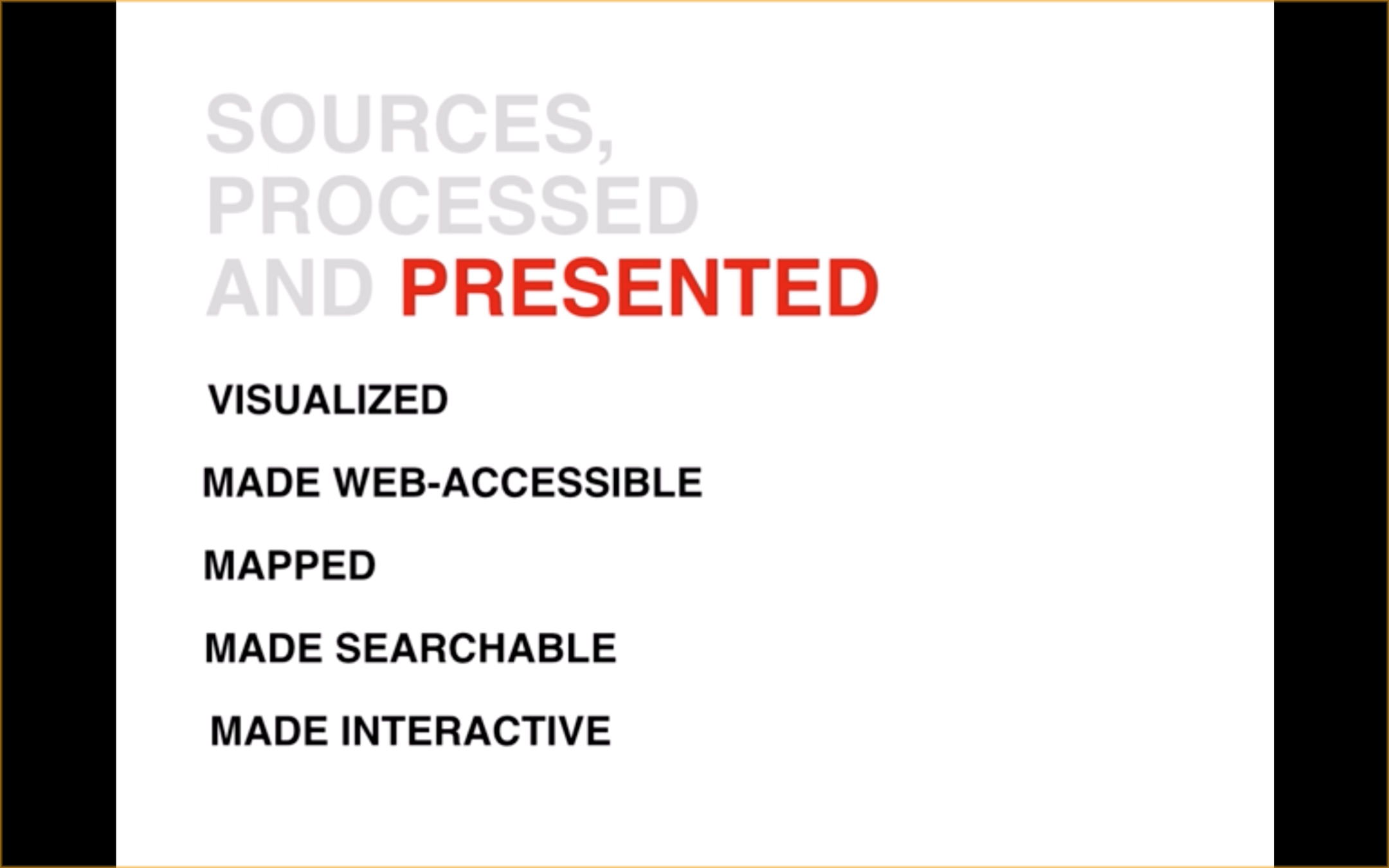
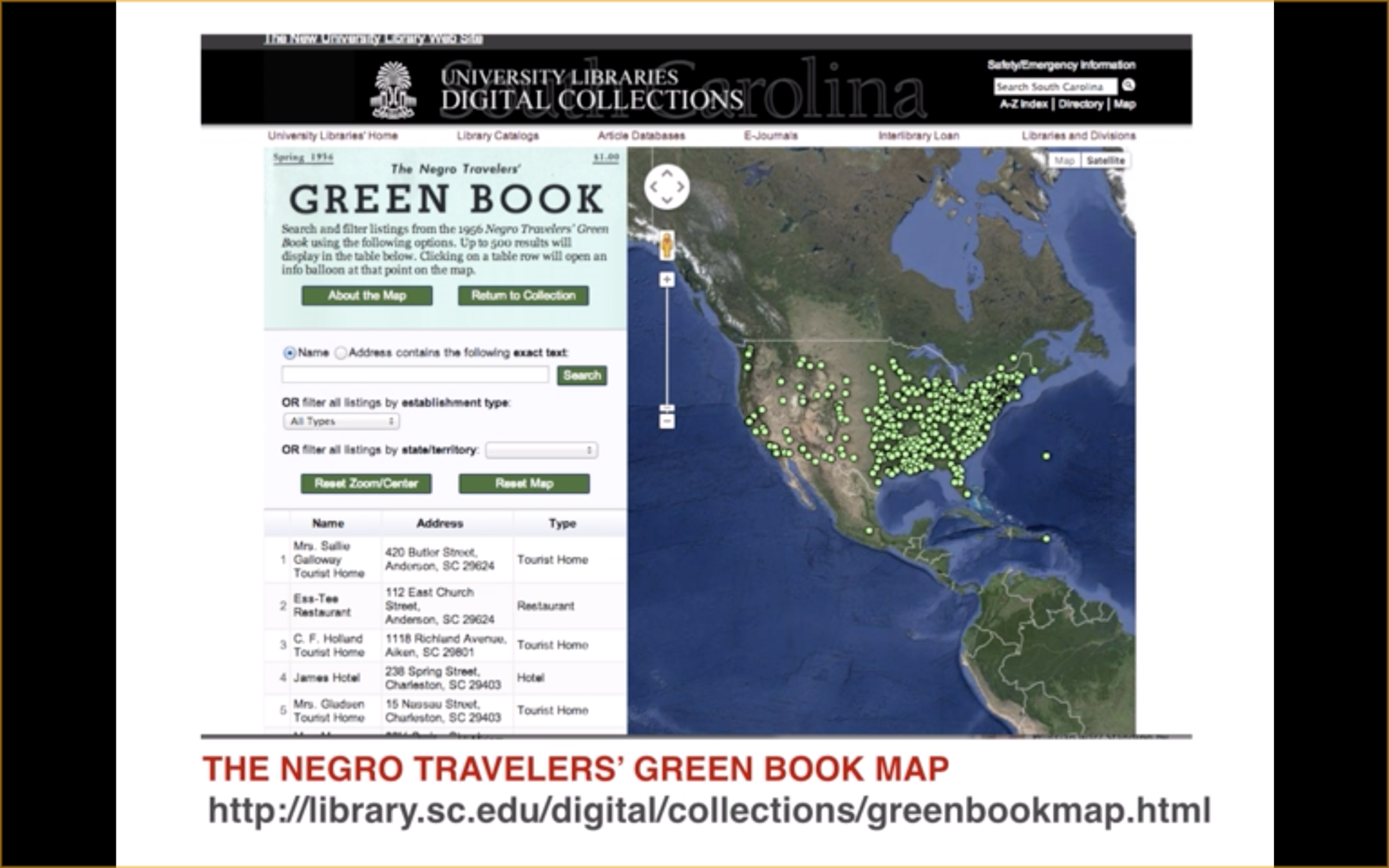
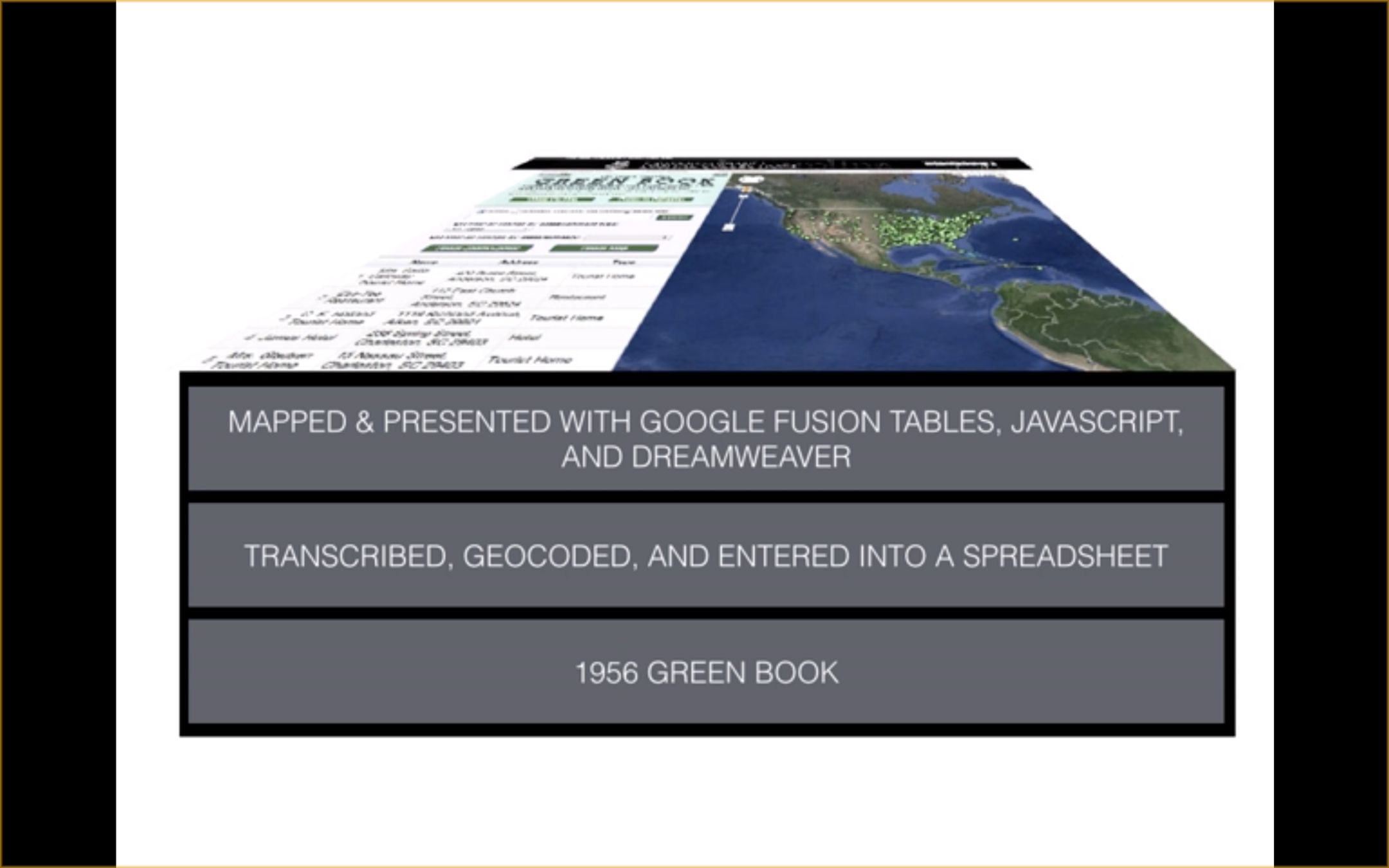
First Assignment!
Write a blog post that demonstrates your understanding of digital history by reviewing your assigned digital project. Use Brennan's and Posner's frameworks to ground your review and your understanding of the field.
Blog 1 Assignment Scope and DH Project Review Sheet in Dropbox.
Blog Post Rubric in Dropbox.
Due Tuesday, February 4 (will co-grade together in class; no late days).
Writing for the Web:
Use clear, grammatically correct writing with good organization.
Lead with your main ideas/argument.
Think about your audience. Assume they will read at their own pace, path, and attention span, not yours. Keep paragraphs short!
Incorporate media in creative ways. Use hyperlinks!
Avoid value judgments--it's boring, I love it--and replace with critique or analysis--it feels dated because, the use of [blank] is effective because...
Further Reading
Social Security and IBM: https://www.wired.com/2012/06/how-social-security-saved-ibm/
Making a Turing Test in Slack: https://botsociety.io/blog/2018/03/the-turing-test
The Curse of Xanadu: https://www.wired.com/1995/06/xanadu/
Hamlet and the Holodeck review (hypertext): https://www.newyorker.com/books/second-read/hamlet-on-the-holodeck-twenty-years-later
Victory Garden (hypertext novel based on Borges): http://www.eastgate.com/catalog/VictoryGarden.html
Garden of Forking Paths Comic: https://johnmiers.com/portfolio/fp/
New Media Reader: https://mitpress.mit.edu/books/new-media-reader
Gleick, The Information: https://www.amazon.com/Information-History-Theory-Flood/dp/1400096235
Carr, The Shallows: https://www.amazon.com/Shallows-What-Internet-Doing-Brains/dp/0393339750
IT Crash Course
By jdauteri
IT Crash Course
- 2,331



